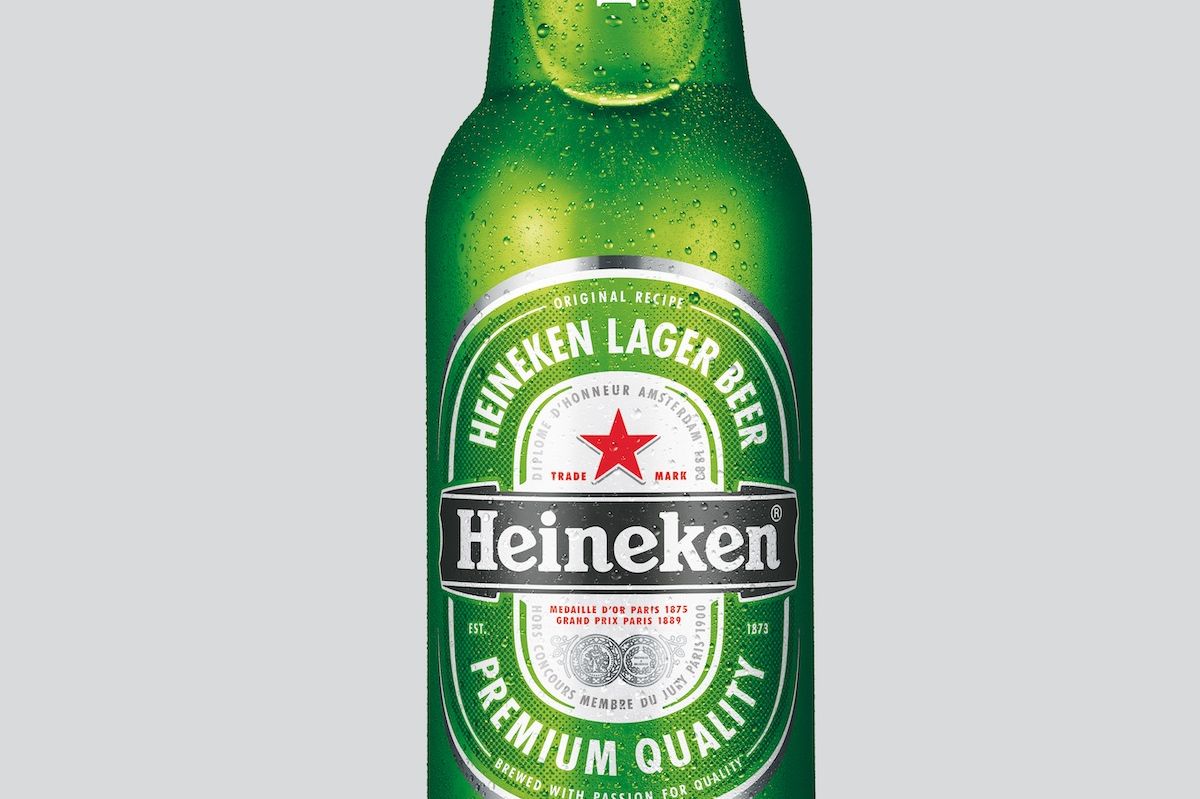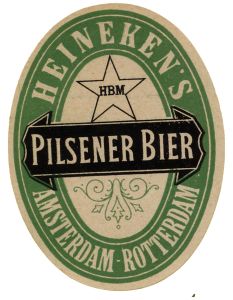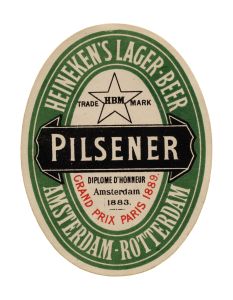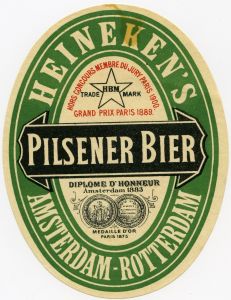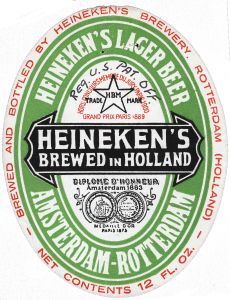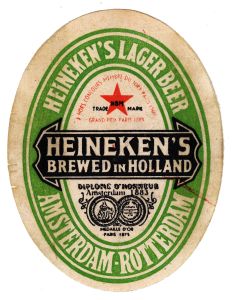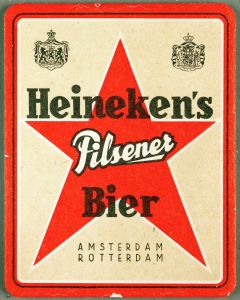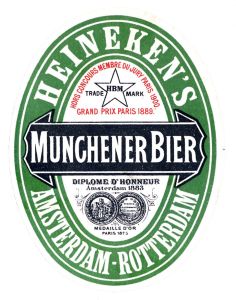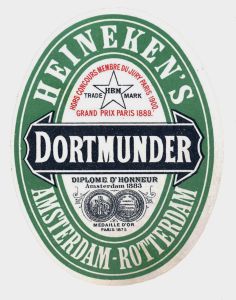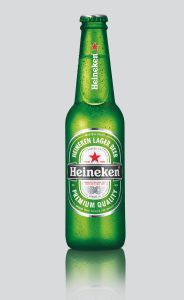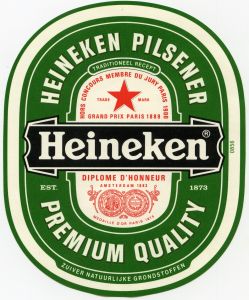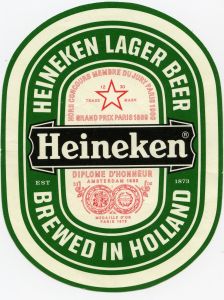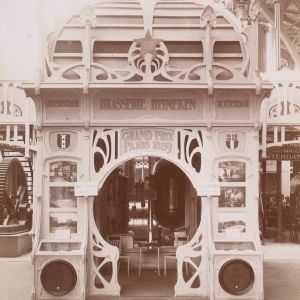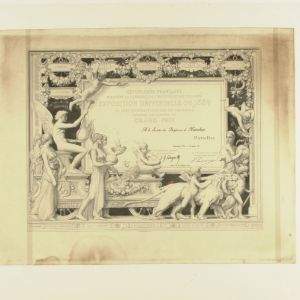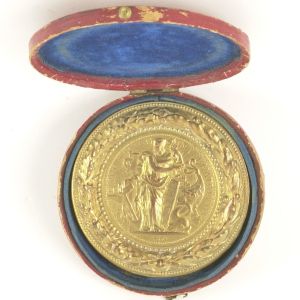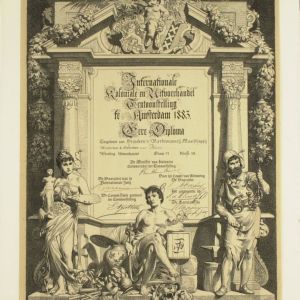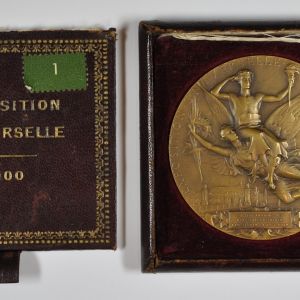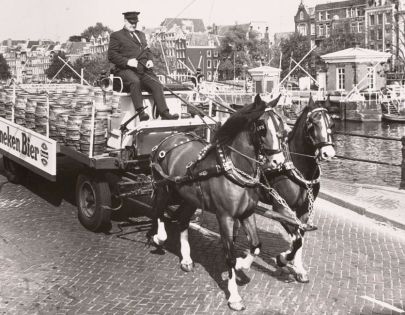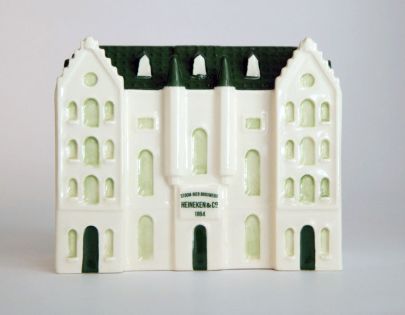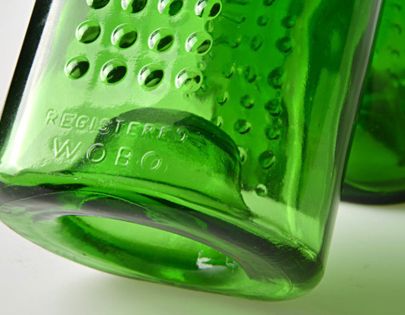RELATED COLLECTION ITEMS
NEXT STORIES
-

A New Beer Wagon for the Heineken Brewery
Before the arrival of the automobile, Amsterdam’s street scene was largely set by the horse-and-cart, barrows and coaches. Casks of beer were also delivered to the various cafés by the horse-drawn…
-

Heineken miniatures
To commemorate 150 years of Heineken’s existence, three of the brewery’s landmark historical buildings are to be issued in miniature. Two of these miniatures are made for Heineken by the China…
-

The story behind the WOBO
Alfred Heineken’s creative spirit went well beyond marketing and publicity; he also had progressive ideas about re-cycling, the inspiration for which came from a visit to Dutch Antilles in the early…
